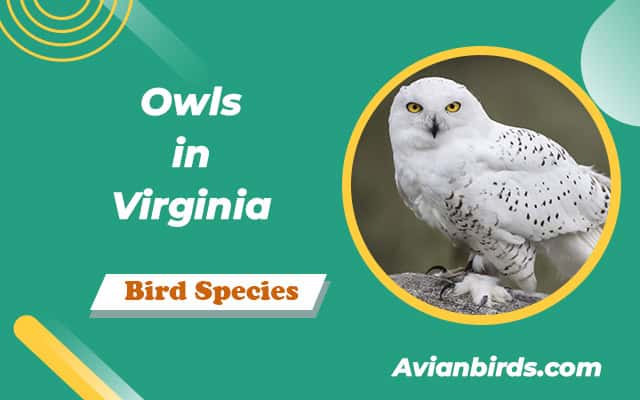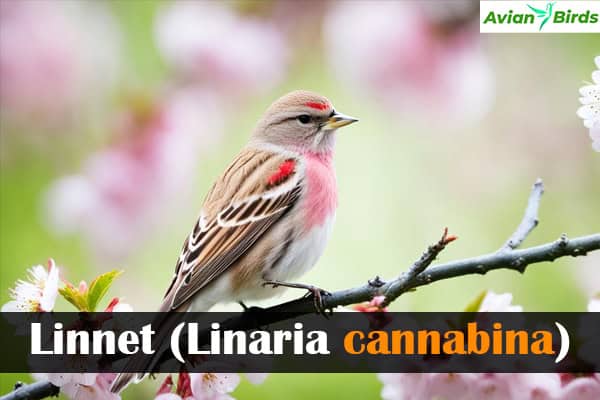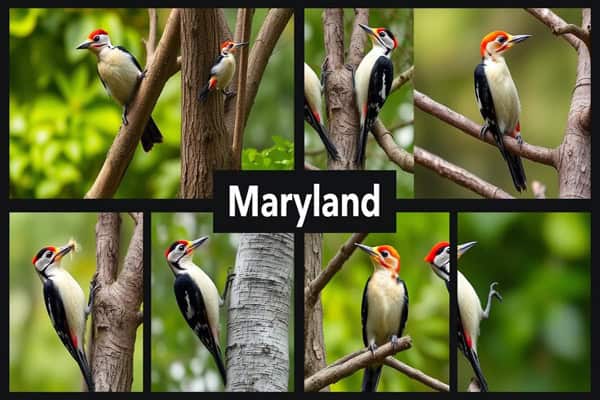11 Types of Black Birds In Florida (With Photos)
Did you know Florida has over 100 species of black birds? This fact shows how rich in birdlife the state is. It’s perfect for birdwatchers and wildlife fans. You’ll learn about black birds in Florida, including how to spot them, where they live, and what they do.
With beautiful photos for each type, you’ll get better at birdwatching in Florida.
Introduction to Black Birds in Florida
Florida is home to many black birds that love its unique places. You can find them in cities and quiet countryside. Bird lovers in Florida find watching these birds a special experience.
These birds are important to their homes. They help pollinate plants and keep pests away. This keeps their homes healthy. Learning to tell these birds apart makes birdwatching more fun and interesting.
1. Red-winged Blackbird
- Scientific Name: Agelaius phoeniceus
- Size: 22–24 cm (8.7–9.4 in)
- Weight: 40–90 g (1.4–3.2 oz)
- Lifespan: 2–15 years
- Diet: Seeds, insects, and fruits
The Red-winged Blackbird is a key bird in Florida’s skies. It’s easy to spot because of its unique look. Males show off shiny black feathers with bright red and yellow patches on their shoulders. Females have a duller brown look, which helps them hide.
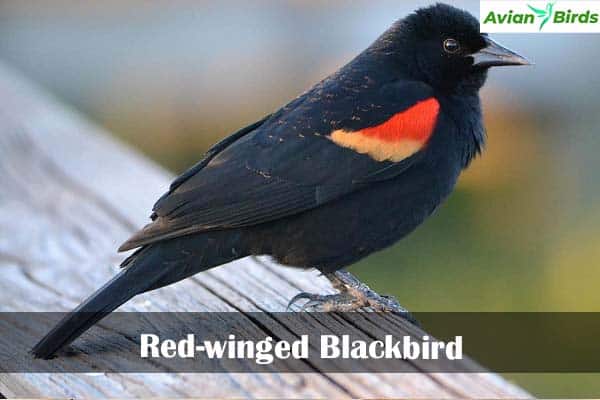
Identification and Characteristics
Here are some tips to tell the Red-winged Blackbird apart:
- Size: About 7.5 to 9 inches long.
- Bill: The bill is shaped like a cone, perfect for eating seeds.
- Male plumage: Shiny black with bright red and yellow on the shoulders.
- Female plumage: Brown and streaked to blend in.
Behavior and Feeding Habits
Red-winged Blackbirds eat differently based on the season and what’s around. They like to eat in:
- Grasslands
- Marshes
- Fields with lots of weeds
They’re very protective of their territory, especially when they’re breeding. You’ll hear their loud calls often. Watching them eat can be fun, as they search for seeds in grasses or marshes.
2. European Starling
- Scientific Name: Sturnus vulgaris
- Size: 20–23 cm (7.9–9.1 in)
- Weight: 60–100 g (2.1–3.5 oz)
- Lifespan: 2–15 years
- Diet: Insects, fruits, and seeds
The European Starling, known as Sturnus vulgaris, is a black bird found in Florida. It was brought here in the 19th century to add to the bird life. Now, it’s a common invasive species that changes local ecosystems.
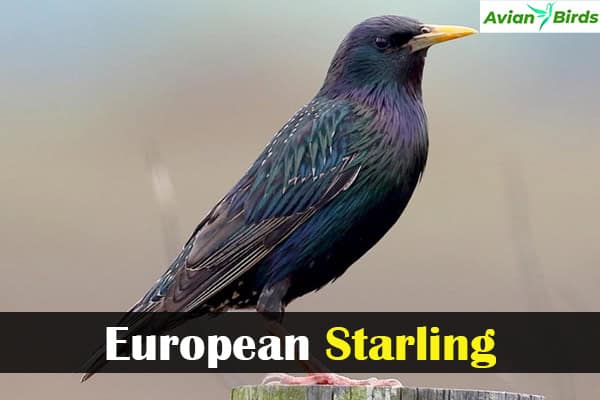
Invasive Species in Florida
This bird takes food and homes from native birds. This can cause some bird species to decline. The European Starling can live in many places in Florida, making its impact worse.
Murmurations and Social Behavior
The European Starling’s social life is quite interesting. They do something called murmurations, which are huge groups flying together. These shows their complex ways of talking and working together. They also do this to stay safe from predators.
3. Brown-headed Cowbird
- Scientific Name: Molothrus ater
- Size: 18–20 cm (7.1–7.9 in)
- Weight: 40–60 g (1.4–2.1 oz)
- Lifespan: 5–10 years
- Diet: Seeds, insects, and fruits
The Brown-headed Cowbird (Molothrus ater) is a bird that catches the eye of bird lovers. Its unique way of living and its look are quite interesting. It shows how some birds have found ways to survive in their world.
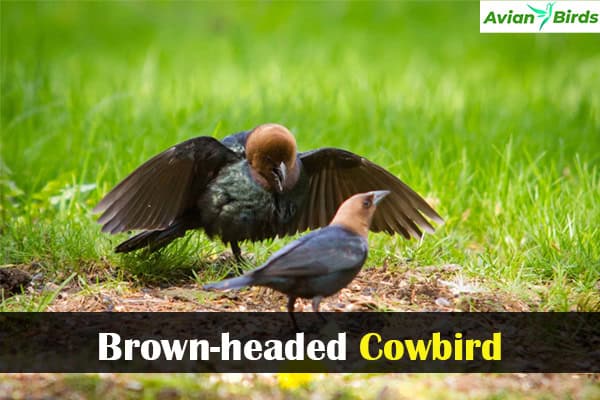
Brood Parasitism Explained
This bird is known for a special way of living called brood parasitism. Female Brown-headed Cowbirds lay their eggs in other birds’ nests. This means they don’t have to take care of their babies. The other birds end up raising the cowbird chicks, helping the cowbirds save energy.
This behavior makes us think about how it affects other birds in nature.
Adaptation to Human Environments
The Brown-headed Cowbird Black Birds of Florida have also learned to live in places made by humans. You can see them in cities, parks, and gardens. They have learned to live with people, which helps them grow in number.
They find food in places made by humans, showing how they have adapted. This is a great example of how some birds have changed to live with us.
4. Common Grackle
- Scientific Name: Quiscalus quiscula
- Size: 28–34 cm (11–13 in)
- Weight: 80–170 g (2.8–6.0 oz)
- Lifespan: 2–20 years
- Diet: Insects, seeds, and fruits
The Common Grackle (Quiscalus quiscula) is a black bird with shiny feathers and a long tail. Watching them helps us learn about what they like to eat and how they live together.
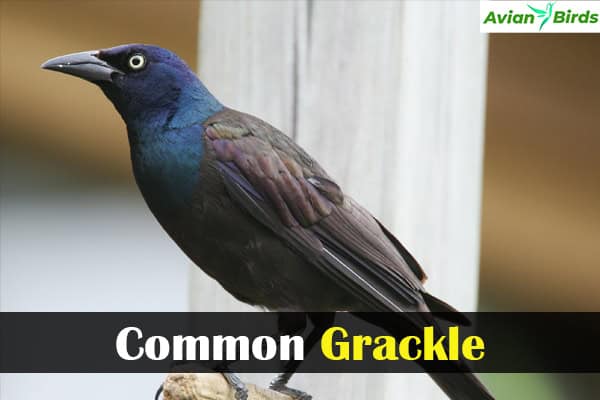
Diet and Feeding Preferences
Common Grackles eat many things, including:
- Grains like corn and seeds
- Insects for Protein
- Fruits and berries when they’re in season
- Table scraps, showing how adaptable they are
These foods help Grackles live well in cities and the countryside. They can be bold and take over food spots, pushing smaller birds away. This helps them survive and changes the local environment.
Social Structure and Flocking Behavior
Common Grackles live in big, loud groups. They come together at night to roost. Their group life includes:
- Leadership based on sounds and actions
- Talking to each other to plan and find food
- Working together to find more food
Being in groups helps them find food and stay safe from predators. Knowing how Grackles live together helps us see their place in the world.
| Diet Component | Common Grackle Presence | Impact on Environment |
|---|---|---|
| Grains | High | Competition with smaller birds |
| Insects | Moderate | Control of insect populations |
| Fruits | Seasonal | Seed dispersal |
| Table Scraps | High | Human-wildlife interaction |
5. Turkey Vulture
- Scientific Name: Cathartes aura
- Size: 60–81 cm (24–32 in)
- Weight: 1.8–2.5 kg (4.0–5.5 lb)
- Lifespan: 16–20 years
- Diet: Carrion
The Turkey Vulture, known as Cathartes aura, is a key scavenger in Florida. It’s known for its unique look and important role in nature. This bird helps keep the ecosystem balanced. It’s often seen flying over open areas and forests.
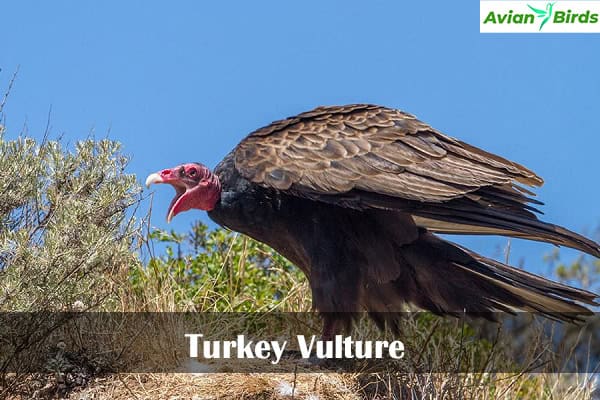
Identification and Unique Traits
It’s easy to spot the Turkey Vulture because of its black feathers and red head. This look helps it stay clean while eating dead animals. Adults can have a wingspan of 63 to 70 inches, making them big birds.
They have a strong sense of smell. This helps them find dead animals from far away. This is key to their job of cleaning up the environment.
Feeding Habits and Ecological Role
The Turkey Vulture’s eating habits are vital for nature’s health. They mainly eat dead animals, which helps keep the environment clean. By doing this, they stop diseases from spreading and help nutrients move through the ecosystem.
| Feature | Details |
|---|---|
| Scientific Name | Cathartes aura |
| Wingspan | 63 to 70 inches |
| Unique Trait | Naked red head for hygiene |
| Feeding Method | Scavenging carrion |
| Ecological Impact | Maintains healthy ecosystems through waste removal |
6. American Crow
- Scientific Name: Corvus brachyrhynchos
- Size: 38–50 cm (15–20 in)
- Weight: 320–620 g (11.3–21.8 oz)
- Lifespan: 7–8 years (up to 20 years in the wild)
- Diet: Omnivorous; includes insects, seeds, fruits, and carrion
The American Crow (Corvus brachyrhynchos) is a bird you might see in Florida. It has shiny black feathers and a long bill. These birds are smart and can live in many places, like cities and farms. You can see them in trees or in parks, showing how well they live with people.

Crows like to be with others and talk to each other in their own way. They are very smart and can solve problems. They even use tools to find food, like opening nuts or getting insects from trees.
American Crows are very good at living in different places in Florida. They can change to fit their surroundings and solve problems. Learning about these birds helps us appreciate Florida’s diverse wildlife.



